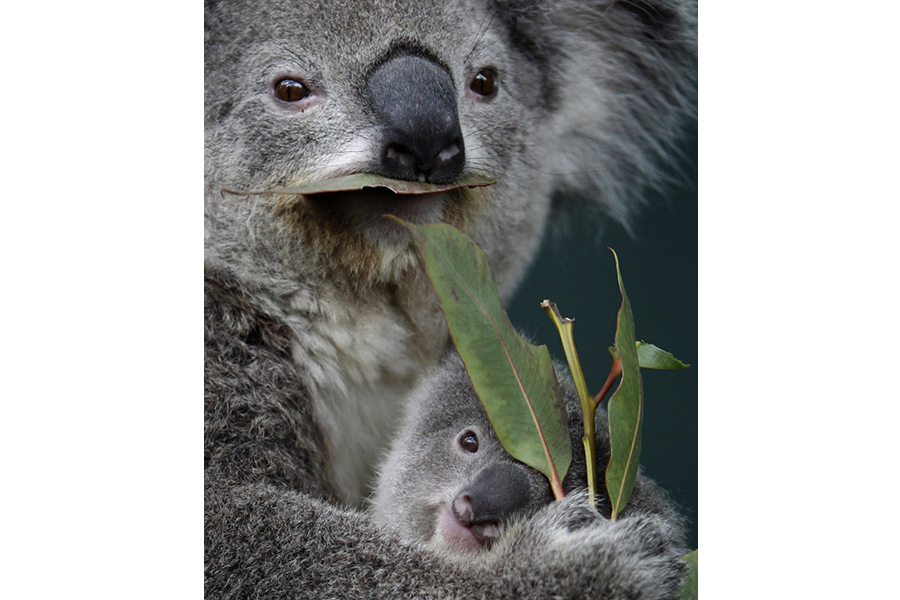Is there an easy way to help koalas?
Loading...
Koala numbers are in dramatic decline in Australia, but a study led by University of Queensland professors finds that help could be coming from an unlikely source – the clock.
Unfortunately, many koala deaths are due to collisions with cars after darkness falls, leading researchers to conclude that introducing daylight savings time could help save hundreds of koalas.
“Daylight saving time could reduce collisions with nocturnal wildlife because it would still be light when commuters drive home,” University of Queensland associate professor Robbie Wilson said in a press release.
More than 300 koalas die after vehicle impacts each year, a figure that has contributed to a sharp decline in the population as a whole. Between collisions with cars and other factors, including dog attacks and disease, the koala population near Brisbane has declined 80 percent in just two decades, according to The Guardian.
A contributing factor to the large number of collisions between koalas and cars is that koala activity and commuter traffic peak at approximately the same times, which are also the dimmest times of day. In order to study koala activity, researchers put tracking collars on 25 koalas to monitor their whereabouts throughout the day.
The study, published in the journal Biological Letters this week, suggests that introducing daylight savings time could detach commuting times from koala playtime, thereby saving koala lives.
“Daylight saving time could reduce collisions with nocturnal wildlife (animals that are active at night) because it would still be light when commuters drive home,” said Dr. Wilson in a press release. “Collisions with wildlife are most likely to occur during twilight or darkness.”
Under daylight savings time, collisions between koalas and cars could decrease by 8 percent during the work week, and 11 percent during the weekend, according to study authors.
Researchers say that adopting daylight savings time could also be beneficial for other quintessential nocturnal Australian animals, such as kangaroos and wallabies.
The only drawback, they say, is that researchers are not yet sure what impact changing up the clock could have on animals that are active during the day.
“The flipside of this research is that we don’t know the effect daylight saving will have on diurnal animals,” said Wilson, “such as snakes, lizards and birds – so future research should also incorporate studies of these animals.”








